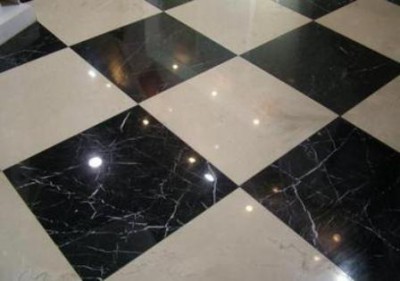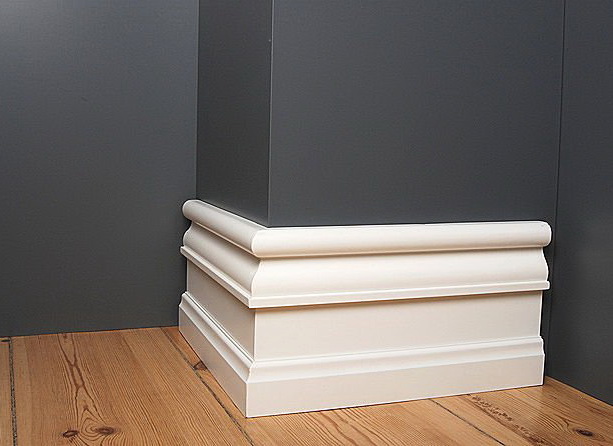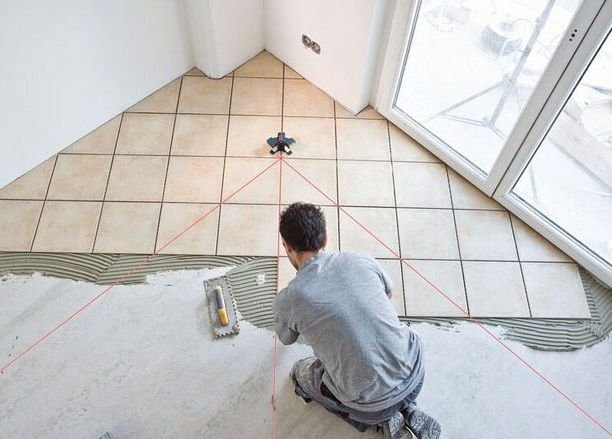Is the master laying tiles in the bathroom correctly if the surface is not completely oiled
My master puts the tile in the bathroom on the glue "Strengthened Kreps". The tile is heavy, thick, sizes - 20 * 60. But for some reason, the glue does not apply completely to the whole, but leaves unpainted areas around the perimeter. I asked him about this, he said that if you put glue on everything, it will come out on the sides and stain the surface, then it will be poorly washed off from the front. I worry that later, when they fasten the wall mounts for the mirror, etc., the tile may burst. Are my concerns justified?
Svetlana
Expert Answer
Hello Svetlana!
The technology for laying ceramic tiles involves applying an adhesive to a pre-aligned and prepared wall. First, the surface is brought “to zero” with a putty layer, and then, after it has completely dried, it is impregnated with a primer. Good results are given by deep penetration compositions, due to which the strength of the surface layer is increased and its adhesive ability is improved.
After that, the master applies tile adhesive up to 8 mm thick on the wall, cuts through and smoothes its layer with a comb spatula, and only after that he puts tiles in full or with gaps.
The use of a toothed tool makes it possible to very accurately withstand the flatness of the finish - in this case, the adhesive composition forms parallel strips, thanks to which it is possible to widely vary the distance of individual tiles from the wall. In addition, in the process of pressing, traces from the comb spatula are deformed, filling neighboring voids and increasing the contact area. This method allows you to not only accurately and efficiently lay the tiles, but also to save quite expensive tile glue.
In practice, finishing specialists often deviate from the requirements of SNiP, trusting their experience, as well as evaluating the surface condition, type of tile, etc. The fact is that adhesion (read: adhesive adhesion) is better where it is applied. This is explained by the fact that the spatula, as it were, presses the composition into the surface, filling all pores and microcracks. Very often, a rough wall has an advantage over a smooth tile in terms of adhesion, so applying glue to the tile in this case is completely justified.
As for the fact that the master leaves unpainted areas around the perimeter, then everything depends on the thickness of the applied composition and the strength of pressing the tile against the wall. Most likely, when pressed, the glue will spread and fill the voids, so your experiences are groundless. To dispel your doubts completely, we note that even with a complete violation of the technology, in which the glue is applied with an "envelope" (in the corners and in the center), there is almost never a problem with damage to the tile under mechanical stress.
The only thing I would like to recommend is to be extremely careful when drilling tiles close to tile joints when hanging shelves and cabinets. You should not strongly press the tool, since there is still a risk of the formation of small voids - do not ignore this factor.



